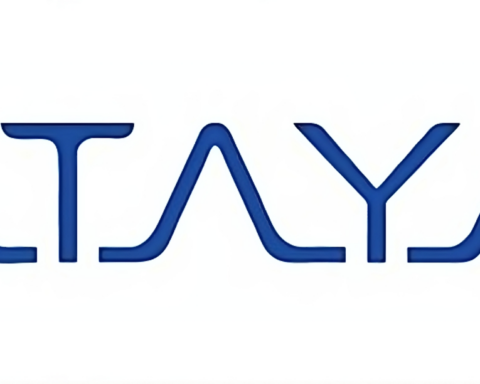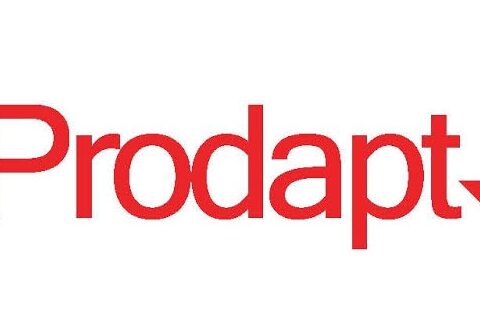 Mobile apps continue to be a major driver of the smartphone and tablet ecosystem and are a big reason people purchase and use those devices.
Mobile apps continue to be a major driver of the smartphone and tablet ecosystem and are a big reason people purchase and use those devices.
Gartner on Thursday said the number of overall mobile app downloads — both free and paid — will soar to 102 billion by the end of this year, up from 64 billion in 2012. By 2017, the number of app downloads should reach nearly 269 billion.
Mobile app revenues will be $26 billion in 2013, up from $18 billion last year, Gartner said. That $26 billion in revenues comes from paid downloads and in-app purchases — even though only 9 percent of all downloads this year cost money. The rest, 91 percent, are free.
Gartner projected this upward trend for app downloads will continue for its entire forecast period through 2017, with the strongest growth through 2014, when nearly 139 billion downloads are projected. As the global market for smartphones and tablets gets more saturated, users will have accumulated a portfolio of apps so new app downloads will slow.
According to Gartner, the Android and iOS app stores combined will command 90 percent of global downloads in 2017. The two operating systems have by far the largest app stores, with Apple reporting in June that it had more than 900,000 apps, and Google saying in July that it had more than 1 million Google Play store apps.
Both stores have rich ecosystems and large and active developer communities, Gartner noted. The absence of active developer communities is one reason Windows Phone and BlackBerry each have less than 5 percent of smartphone market, according to various analysts.
The trend toward downloading fewer apps in coming years is reflected in what Gartner calls average monthly downloads. For iPhones and iPads, the average monthly download per device will drop from 4.9 in 2013 to 3.9 in 2017. For Android phones and tablets, the same measure will decline from 6.2 in 2013 to 5.8 in 2017.
The reduction relates “to the overall trend of users using the same apps more often rather than downloading new ones,” said Brian Blau, a Gartner analyst.
Free apps make up the overwhelming number of apps downloaded: 90 percent in 2012, 91 percent this year, and a projected 95 percent in 2017. About 60 percent of apps in the Apple App Store are free, while nearly 80 percent are free in Google Play, Blau said.
Gartner also said that in-app purchases make up 11 percent of all app store revenue, a figure that will rise to almost 50 percent by 2017. An in-app purchase occurs when a user downloads a game, productivity, music or other app and then purchases added features from within the app. The mechanism for creating an in-app purchase requires a developer to write special code.
In-app purchases are a significant portion of Apple App Store revenue on iPhones, Gartner said, without giving an exact amount.
“Users are not put off by the fact that they have already paid for an app and are willing to spend more if they are happy with the experience,” Blau said.
In fact, the growth of in-app purchasing will pose a challenge for developers, Gartner said. “Users only pay when they are happy with the experience and developers have to work hard to earn the revenue through good design and performance,” Blau said.






